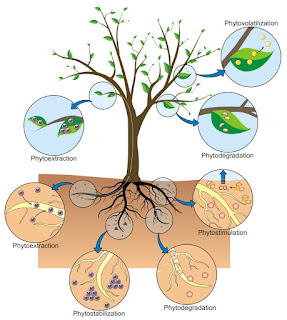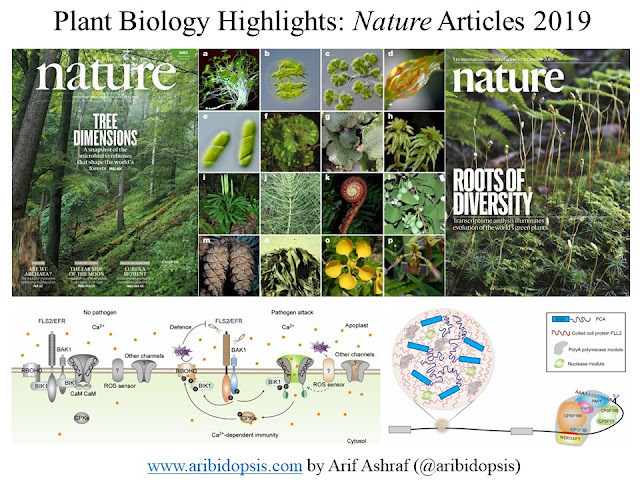Phytoremediation of explosive
Phytoremediation is one of the best
technique to use plants to get rid of hazardous chemicals. Scientists, working
on stress biology, are trying to discover the underlyinmolecular mechanism and
candidate genes to engineer plants against different heavy metals and hazardous
components.
For example, explosive like 2,4,6-trinitrotoluene (TNT)
is a worldwide pollutant, contaminating manufacturing waste sites, mines,
current and former conflict zones, and military land. The U.S. Department of
Defense has an estimated 10 million hectares of operational ranges contaminated
with munitions constituents and rated as a class C carcinogen by the
Environmental Protection Agency. TNT has toxic effects on all living organisms:
in animals, causing hepatitis, anemia, hyperplasia of bone marrow, and
cataracts, and in soil, severely affecting microbial diversity and the
establishment of vegetation. In plants, the majority of TNT remains in the
roots, where growth and development is inhibited, reducing overall
biomass. When most plants soak up TNT, a
harmful chemical reaction occurs in the energy making mitochondria of the
plant’s cells, stunting its growth dramatically and eventually killing
it.
In a recently published article in
Science, Johnston et al. has reported that a novel mutation
To read the original research article, please follow the link below:






Comments
Post a Comment